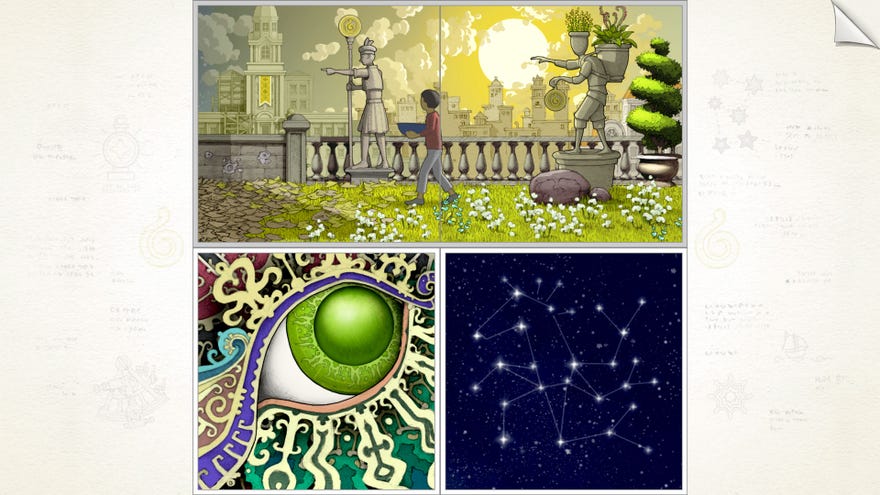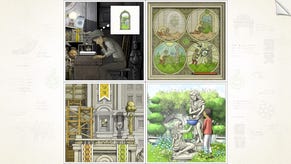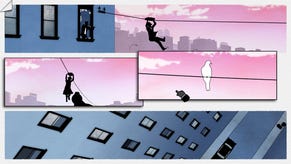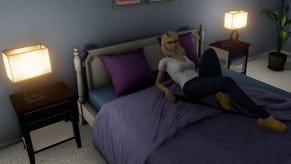Have you played... Gorogoa?
Frame within a frame
I guarantee you’ve never played a more elegant puzzle game than Gorogoa. This tile-based adventure is gorgeous with a capital G. Its story, puzzle mechanics, and visuals: Gorgeous. Gorgeous. Gorgeous.
The game is structured into four square panels in a two-by-two grid. Players can move around each of the squares to solve puzzles or click inside each square to interact with the scene. This is where it gets cool: Any object you see that has some sort of frame around it - doorways, paintings, windows, photographs - you can actually move through them and discover new areas to explore.
And that’s just the beginning. You can also put each of the panels on top of each other, creating new scenes and connections, or in some cases move the panels around to reveal secrets - like discovering the wandering eye of a giant beast. Using these techniques, you need to help a young boy on his journey and by moving panels you help him move throughout the world - like creating a pathway of stepping stones. It’s a simple but refined puzzle mechanic and the game keeps surprising you with new and interesting ways in which you can manipulate the panels.
Its dialogue-less story about a young boy traversing the world where time goes hand-in-hand with the gameplay. It's straightforward, short (the game is a neat 2-hours long), and goes in interesting directions. Together with its meticulously detailed hand-drawn illustrations, it feels like every single detail of Gorogoa is well-thought-out and precise, probably because it took solo developer Jason Roberts six years to make.
Gorogoa is a beauty to behold. A puzzle game that feels like a small, precious gem. These Have You Played articles are supposed to be relatively short, so I’ll stop waffling now.









